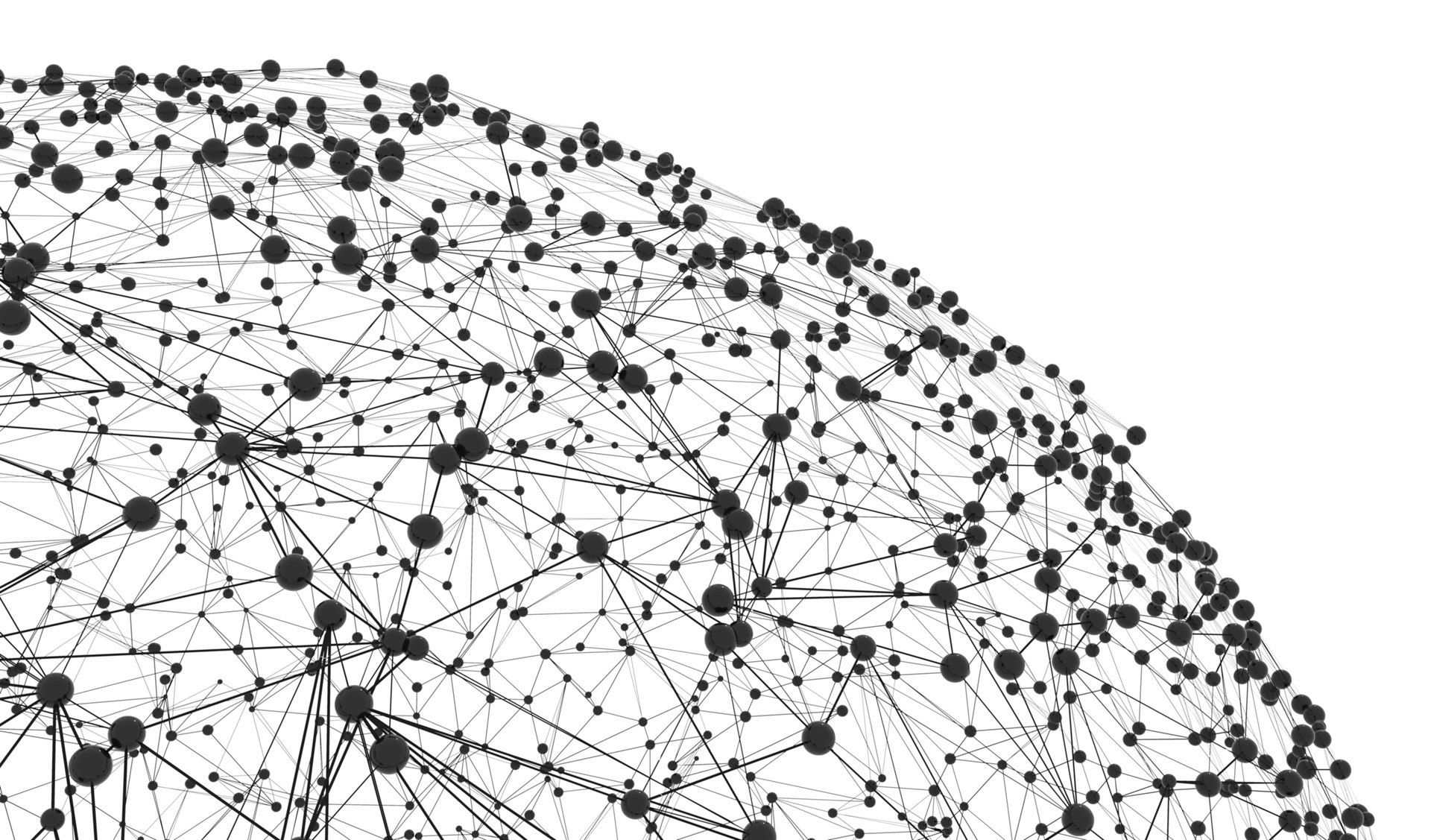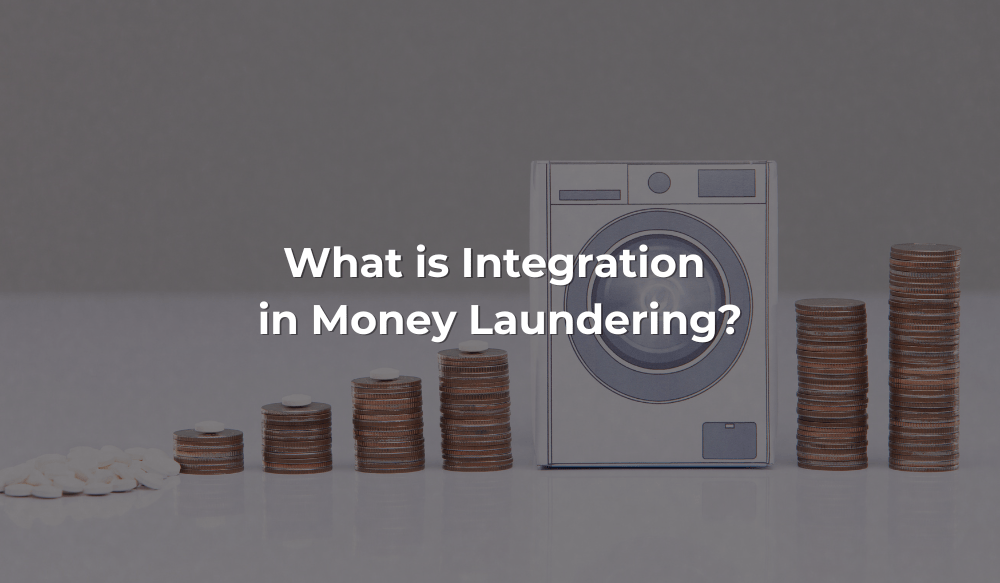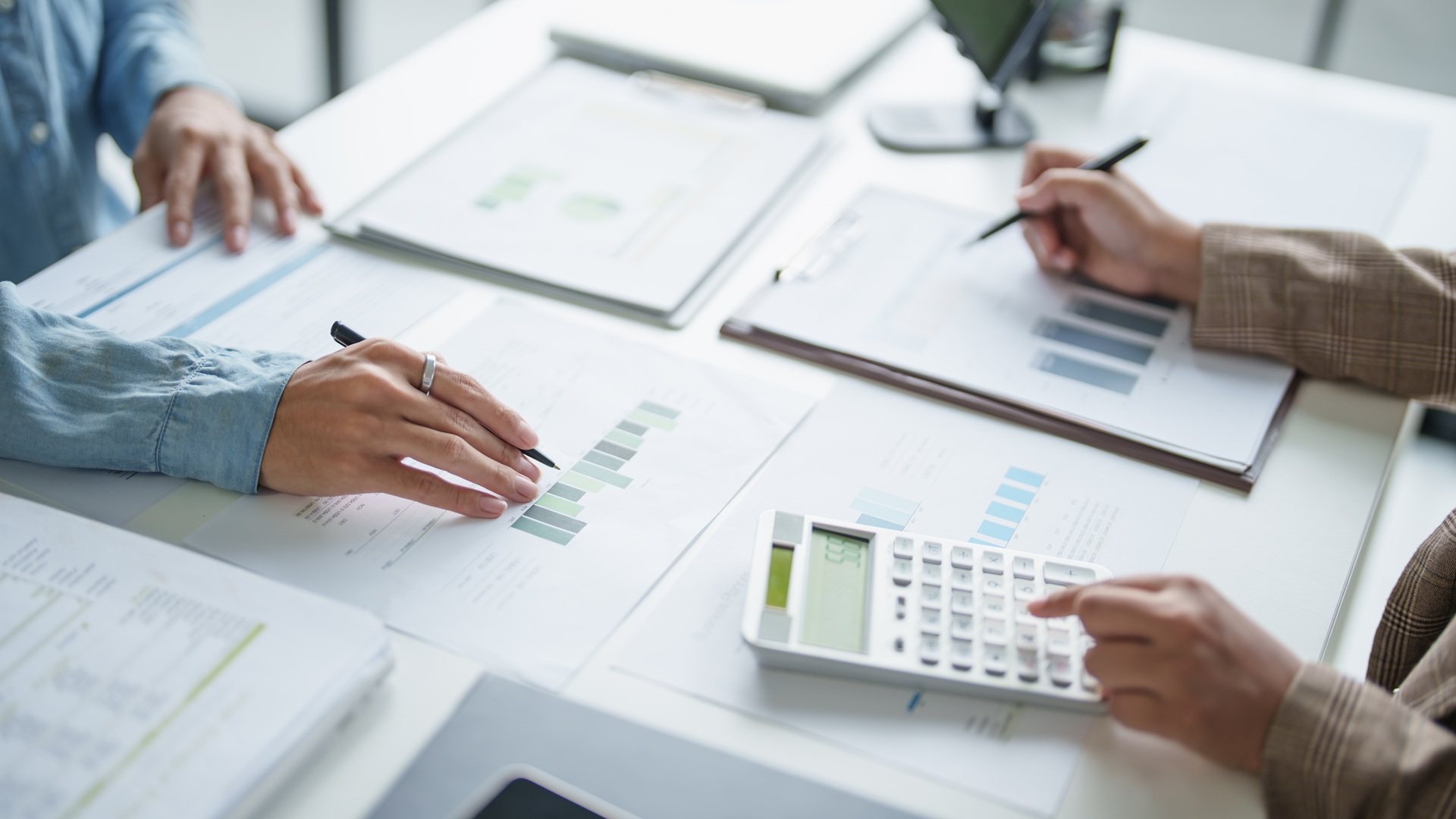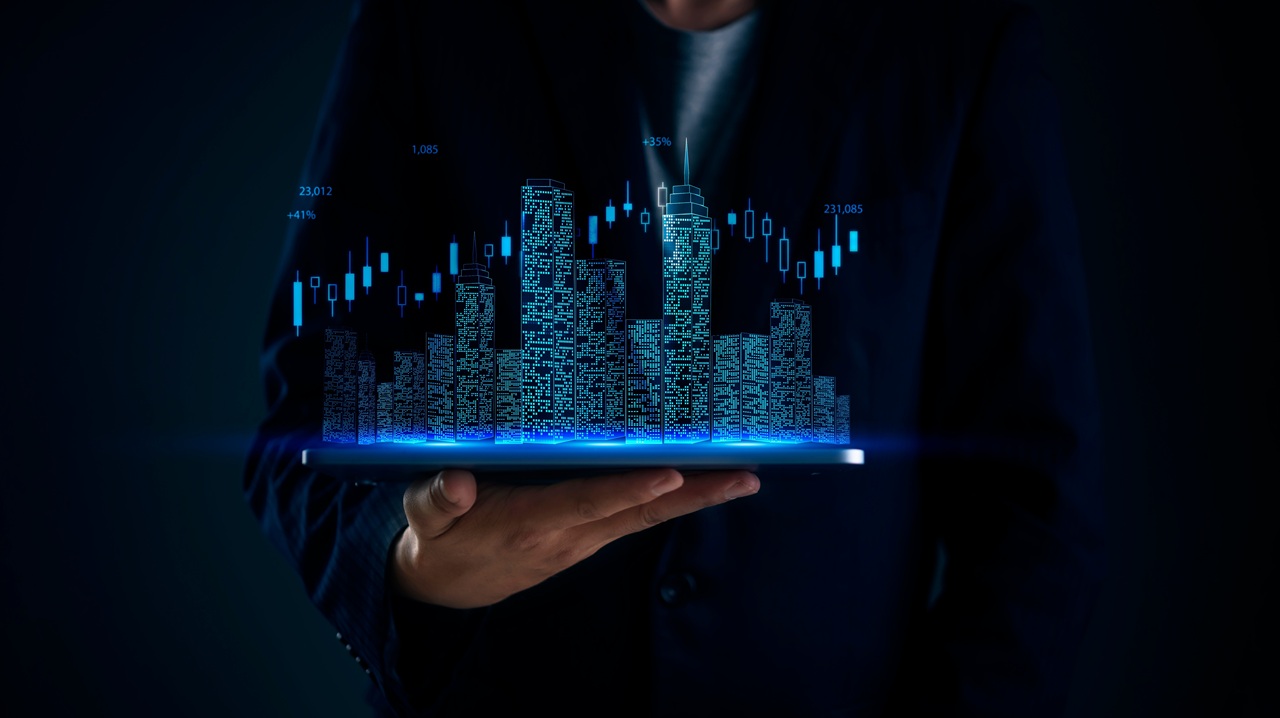
Introduction
Money laundering is exactly what the name suggests—it is a process to make dirty money appear clean.
The story goes that in the 1920s, Al Capone, a Chicago-based gangster, used cash-intensive laundromat businesses to disguise his money generated from criminal activities. This practise allegedly gave rise to the term “money laundering.” However, an article published in Mental Floss suggests that the whole story might be a myth. It explains that in the early 1900s, a lot of cash sent to the government for destruction was simply dirty. Since cleaning the notes was substantially less expensive than printing new ones, the government used specially designed machines to wash them and send them back into circulation. Thus, money laundering was literally associated with cleaning dirty money.
Irrespective of the origin story, money laundering has become one of the most pervasive financial crimes afflicting the world today. However, it is very difficult to estimate exactly how much money is laundered every year. The UNODC estimated it to be around 2% to 5% of global GDP; however, these estimates were made some time back. If the same estimates hold today, with the global GDP estimated to reach almost 110 trillion dollars in 2024, the amount laundered throughout the world could be between a whopping 2.2 to 5.5 trillion dollars! As money laundering facilitates heinous crimes such as drug trafficking, human trafficking, and terrorism financing, it is important to strengthen the fight against it.
Money laundering usually involves three stages: placement, layering, and integration. However, the stages might not always appear distinct and separate from each other. In this blog, we will delve into the final stage – integration in money laundering. If you have not done so already, you can read about the first stage and second stage in our previous blogs.
What is Integration in Money Laundering?
Integration is the third and final stage of money laundering through which, as the Financial Action Task Force (FATF) explains, “funds re-enter the legitimate economy.” However, before describing integration in money laundering, let’s briefly talk about the first two stages.
The first stage of money laundering begins with illegal funds from criminal activities being introduced into the financial system. This stage is called placement, and often, large amounts of cash are broken into smaller parts and deposited into bank accounts.
After the illegal funds are placed into the financial system, we arrive at the second stage – layering. This stage is intended to confuse the money trail by making a series of transactions. The layering stage moves the funds as far as possible from criminal activities.
Finally, comes the integration phase, where the funds are integrated into the legitimate financial system in a way that makes the funds accessible to the intended beneficiary. In this stage, the criminal proceeds look indistinguishable from legitimate money. Integration in money laundering is also intended to keep laundered funds hidden from regulatory authorities.
Follow AKW Consultants on WhatsApp Channels for the latest updates.
How does Integration in Money Laundering Work?
The aim of integration in money laundering is to make illicit funds appear legitimate and, as per the US Treasury’s Financial Crimes Enforcement Network, criminals use additional transactions to achieve this goal. The Financial Action Task Force (FATF) also notes that during the integration in the money laundering stage, money launderers may invest funds in other locations, particularly if the funds were “generated in unstable economies or locations offering limited investment opportunities.” Here we discuss three of the most common transactions used to integrate layered dirty money into the legitimate economy:
- Real Estate Investment – Purchasing properties is one of the most common methods of integrating illicit funds. For example, funds layered through multiple transactions can be used to buy a luxury property using a shell company that exists only on paper. After the property is bought, it can be rented out to generate legitimate rental income. After a few years, the same property can be sold to a buyer, effectively integrating the laundered funds into the economy. It is important to note that real estate investments can also occur during the layering stage, however, the intention in layering is to obscure the money trail, unlike the intention in the integration stage.
- Business Investment – Making investments in legitimate-looking businesses is also a very common way of integrating money into the economic system. An individual might set up a restaurant or a retail store and channel layered funds through the business by inflating sales, creating fake customers, or manipulating invoices. This generates legitimate revenue and blends the illicit funds with clean money. Over time, the business can expand or open new branches, further integrating the laundered funds into the legitimate economy.
- Investing in Luxury Assets – Investing in luxury assets such as expensive cars, jewellery, and art is also a common method used during integration in money laundering. These items can be bought with layered funds and later sold, effectively integrating money through the sale proceeds. However, it is often done in a way that does not attract too much attention.
There are innumerable other ways that laundered money is integrated into the economic system. The FATF’s Report on Professional Money Laundering talks about professional money launderers (PML) that specialise in helping criminals launder their illegally obtained funds. The report defines a PML as an entity “involved in third-party laundering for a fee or commission.” The PML can be an individual, a group of individuals forming a professional money laundering organisation (PMLO), or a professional money laundering network (PMLN), often operating globally. One of the most important ways of fighting organised and sophisticated money laundering crimes is the use of technology.
Financial Crimes and the Use of Technology
The 2024 Global Financial Crime Report by Nasdaq Verafin has estimated that USD 3.1 trillion in illicit funds have been funnelled into the global financial system, making financial crimes a “multi-trillion-dollar problem.” Additionally, a mammoth USD 485.6 billion loss has been incurred due to fraud scams and bank fraud schemes. Among drug trafficking crimes across the Americas, money is laundered through professional money laundering networks, trade-based money laundering, shell companies, and money mules. The global estimate of illicit funds, according to the report, is given below:

Source: 2024 Global Financial Crime Report
One of the most important ways to fight such crimes has been the use of technology. The systematic quantification of financial crime patterns using modern methodologies such as data analytics and machine learning has grown at a geometric proportion in the last decade. This has primarily been possible because of the enormous volume of data published on crime by governments across the world. Integrating AI and ML into the overall Anti-Money Laundering and Countering the Financing of Terrorism (AML/CFT) framework has also become essential for business organisations in monitoring transactions. The purpose of this AI integration is to identify unusual patterns that may indicate attempts to integrate money laundering proceeds into the financial system.
Conclusion
Integration in money laundering is particularly damaging to the global economy because the process of legitimising dirty money, in addition to facilitating criminal activities, causes structural macroeconomic damage to financial systems. According to the International Monetary Fund, such crimes make “economic growth less inclusive and sustainable, fuelling inequality and informality.” To respond to this crisis, regulatory authorities across the world have strengthened their fight against money laundering. Business organisations have also been reinforcing their defences to protect themselves against money laundering crimes.
Explore how AKW Consultants can help you detect money laundering risks, design your AML framework, and help you stay compliant with UAE’s AML/CFT laws.
Read Also: What is layering in money laundering?



